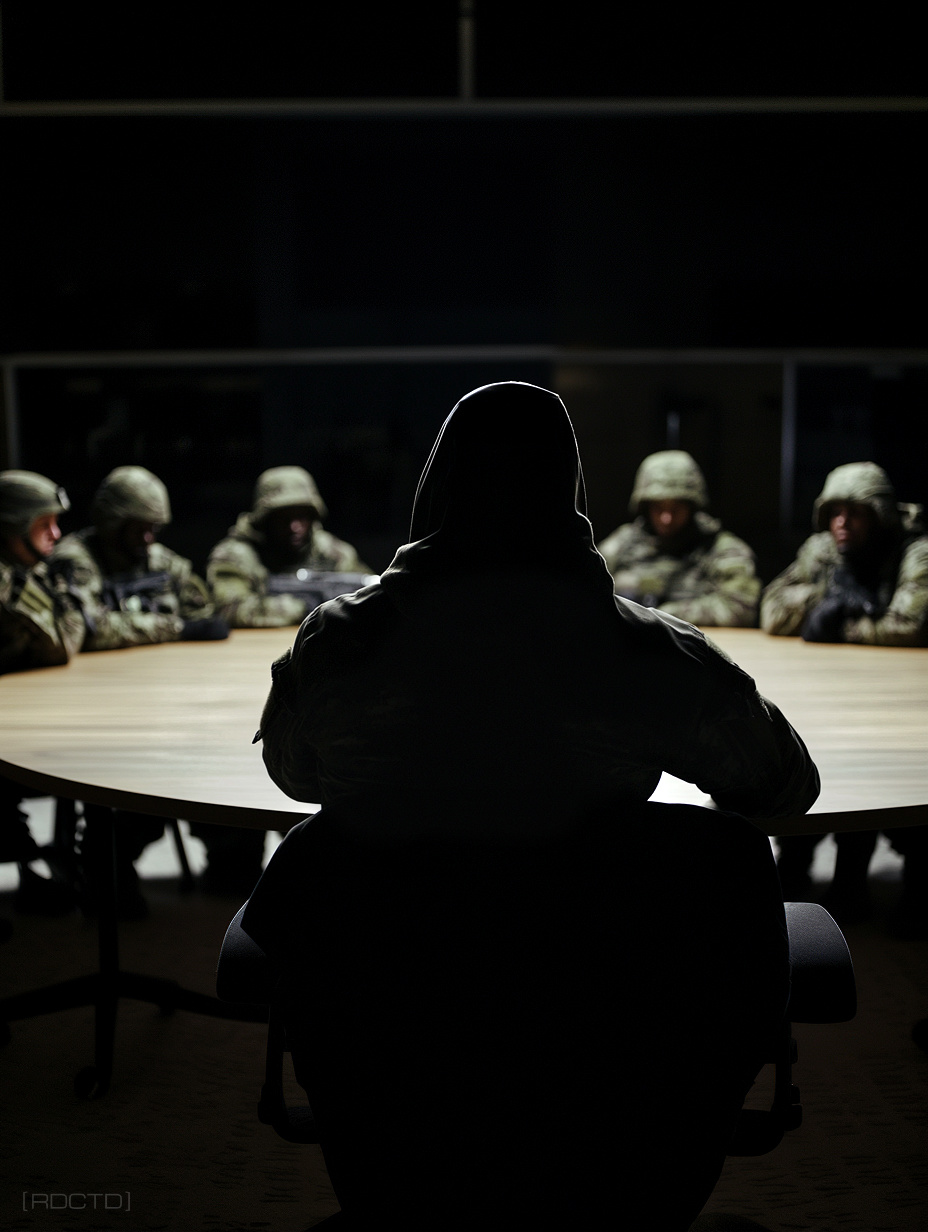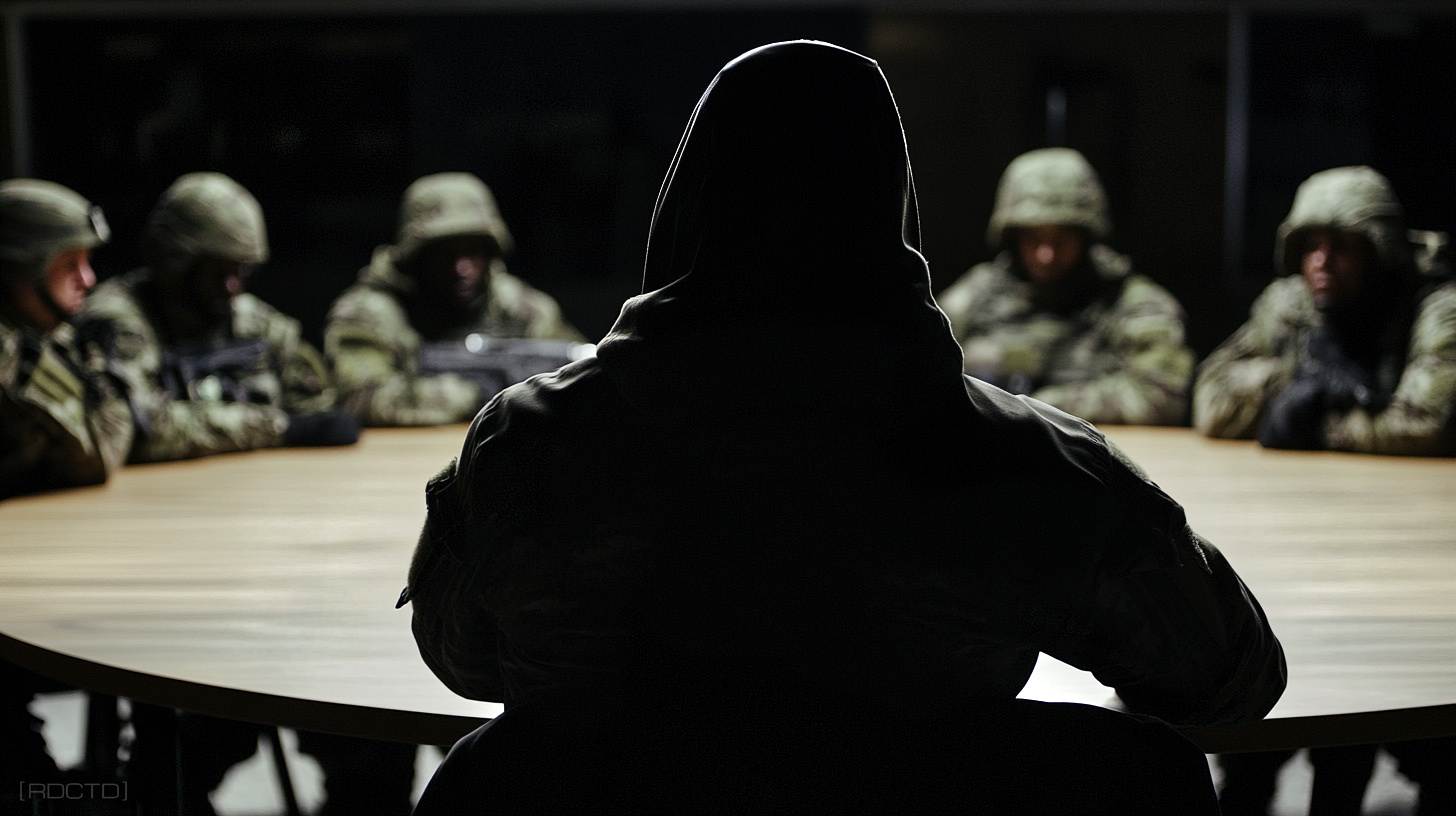 Reading between the lines is the tradecraft ability to detect meaning that isn’t explicitly stated; recognizing subtext, intent, and concealed motives – what’s not being said, or what’s being deliberately left unsaid.
Reading between the lines is the tradecraft ability to detect meaning that isn’t explicitly stated; recognizing subtext, intent, and concealed motives – what’s not being said, or what’s being deliberately left unsaid. ![]()
Every sentence is a mask. The truth is in the seams.
In covert operations, this skill is critical. Operatives rely on it while engaging the enemy, during asset meetings, when parsing intercepted communications, or when gauging if a source is withholding something. It’s less about taking things at face value and more about interpreting the full picture through tone, body language, timing, and choice of words.
Even a simple phrase can carry multiple layers of meaning depending on how and when it’s delivered. The ability to spot emotional leakage (when someone’s true feelings slip through despite their words) is advantageous. In high-stakes environments, where truth is a currency and deception is common, reading between the lines becomes essential for survival and mission success.
Reading between the lines is reading the person, not the paragraph.
One major advantage of this skill is situational awareness. When you’re in a hostile or ambiguous environment, being able to pick up on hidden meanings can mean the difference between walking into a trap or walking away alive.
Let’s say a source tells you, “The streets are quiet tonight.” Depending on the context and how it’s said, that might actually mean there’s something wrong. The quiet might not be normal, and the operative needs to register that subtle red flag immediately. Reading between the lines helps you catch that.
But it goes beyond just interpreting warnings. You might hear coded language that signals surveillance is nearby, or that a safe house has been compromised. Tone, hesitation, or even the order in which information is delivered can reveal things the speaker isn’t authorized / willing to say outright.
Being tuned in to these subtleties allows you to adjust your plan in real time without tipping off others that you’ve detected something. In a dynamic environment, that adaptability can save lives, preserve operational integrity, and maintain control of the narrative without ever raising suspicion.
Truth is rarely absent… it’s just buried beneath politeness, fear, or strategy.
Another advantage is in detecting deception or manipulation. Most people won’t lie outright. Instead, they mislead by omission or by carefully crafted phrasing. For example, someone saying “I didn’t see him take the documents” might technically be telling the truth while still covering for someone.
A skilled operative asks: Why that specific phrasing? What are they avoiding? By reading between the lines, you’re dissecting language for inconsistencies or intentional vagueness. This kind of speech analysis reveals when a person is trying to shift responsibility, blur timelines, or distance themselves from key actions. It also helps identify when someone is under pressure to lie, as their verbal patterns tend to become overly careful or rehearsed.
Patterns like over-qualifying answers, avoiding personal pronouns, or repeating questions before answering are common signs. Once you learn to spot these indicators, you can begin to map the real situation hidden beneath the surface-level conversations and interactions
When someone tells you everything you want to hear, it’s time to start asking what they don’t want you to know.
The way to read between the lines is by starting with contextual listening. You’re not just hearing words – you’re considering the speaker’s position, motive, past behavior, and the current stakes. What’s normal for them, and what’s off-pattern? Operatives are trained to baseline people fast.
Watch for abrupt changes in tone or body language when certain topics are introduced. A sudden need to clarify, over-explain, or change the subject can signal areas worth pressing. Also note what isn’t said, conspicuous omissions often point to sensitive truths the speaker is avoiding.
When you’re tuned into both content and delivery, the unspoken layers of the conversation become far more revealing than the words themselves.
Reading between the lines turns routine dialogue into actionable intelligence.
Next, you need to ask probing questions and watch reactions. People rarely prepare for follow-up questions that dig deeper. A well-placed pause after their answer gives you space to watch how they handle silence.
Their additional comments often contain slips, contradictions, or emotional tells. Pay attention to microexpressions—those fleeting facial cues that betray true feelings before the person regains composure. Also note any shifts in body language, such as crossed arms, looking away, or sudden fidgeting, which can indicate stress, deception or concealment.
The combination of precise questioning and strategic silence gives you control of the tempo, making the other person react on your terms.
Some people speak to reveal themselves. Others speak to disappear behind their words.
This isn’t just an intellectual exercise, it’s a field skill. You sharpen it in real conversations, paying attention to inconsistencies, and noting your instinctual reactions. Over time, you’ll start catching things that others miss.
In tradecraft, reading between the lines is like reading an encrypted message, every word has a hidden layer. And those hidden layers are where the real operational value lies. The more you expose yourself to different types of people, cultures, and high-stakes conversations, the more fluent you become in recognizing behavioral patterns and linguistic tells.
Over time, what starts as conscious effort becomes instinctive – an internal alert system that kicks in when something doesn’t add up, even if you can’t immediately explain why. You’ll see what’s between the lines.
![]()
// Truth is magnetic. Lies require choreography.
[INTEL : Reading a Room in 3 Seconds]
[OPTICS : Covert Operatve w/ Special Forces]
![[RDCTD]](https://rdctd.pro/wp-content/uploads/RDCTD-Covert-Operative-Tradecraft-Guide-LOGO-tk.png)
![[RDCTD]](https://rdctd.pro/wp-content/uploads/RDCTD-Covert-Operative-Tradecraft-Guide-LOGO-mobile.png)

